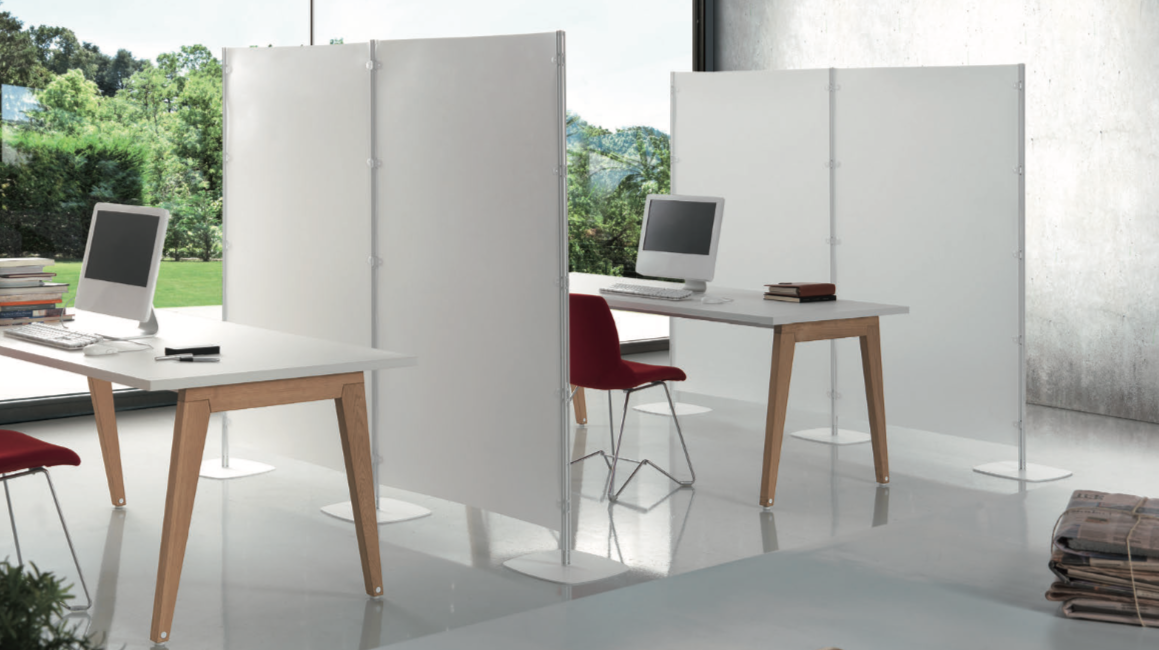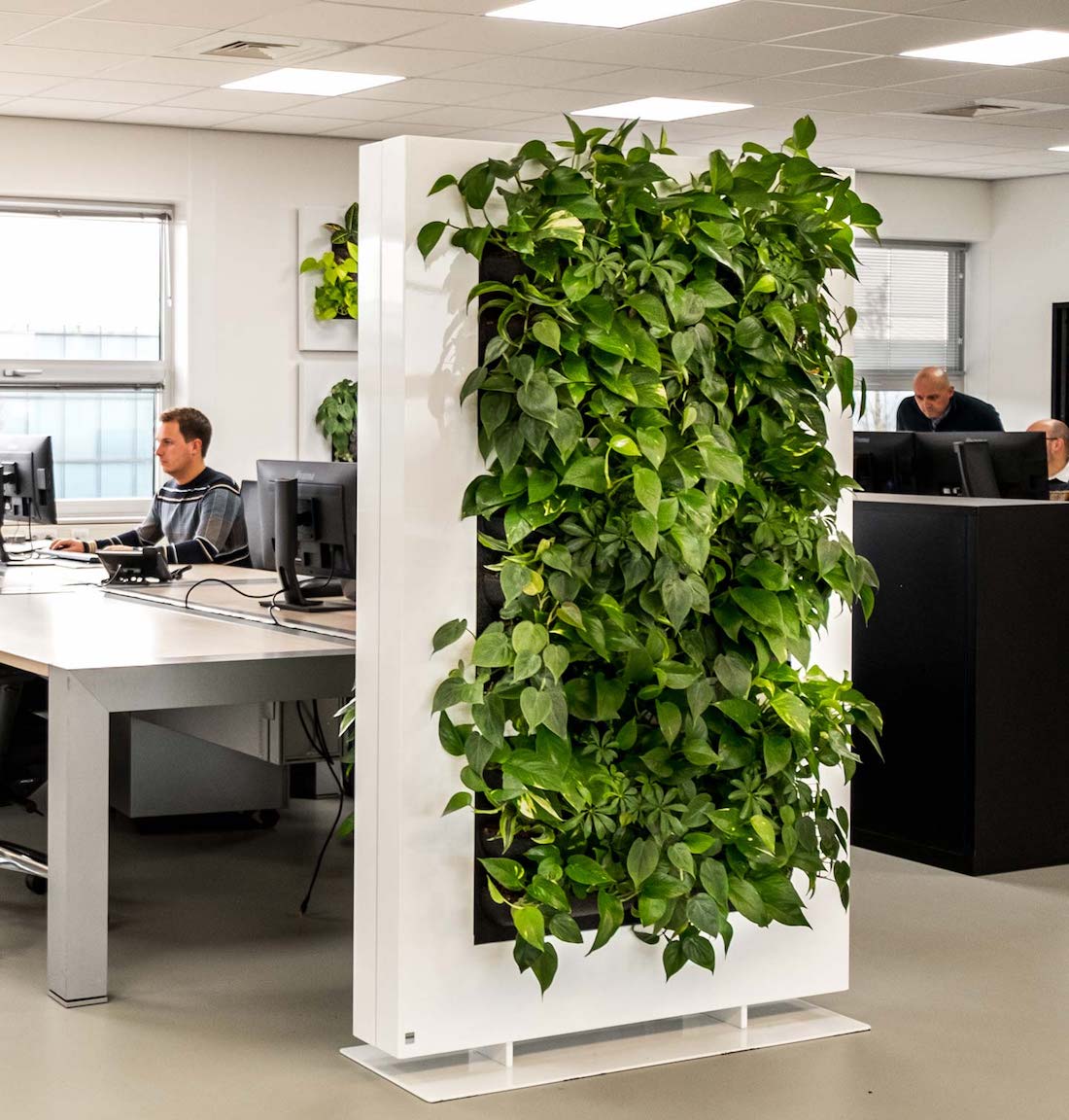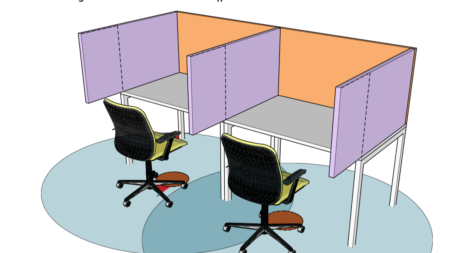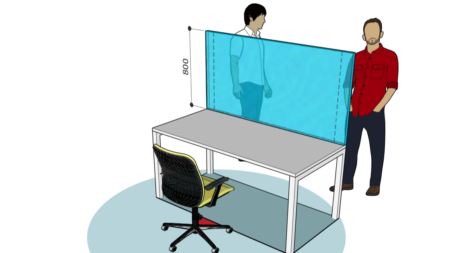
How does furniture impact on our disease transmission? It is one of the new questions of the corona virus era, where furnishings are no longer evaluated exclusively from a performance or sustainability point of view, but also from the possibility of cleaning them or favouring a safe reopening of indoor spaces. In introducing the new UL2999 standard for the safety of individual commercial office furniture, UL proposes guidance for furniture manufacturers to support the safe reoccupation of buildings through innovation and safety.
The corona virus epidemic has also inevitably led to the need to formulate new considerations regarding product safety. If before Covid-19 the watchword was mental and physical ergonomics, today new criteria such as hygiene, cleaning and health safety seem to be more pressing.
An example was the case of transparent partitions, designed to mitigate the transmission of diseases, and which immediately appeared in retail stores and office spaces, even outdoors.

These new products, however, introduce other safety considerations, on the one hand, linked to more traditional issues, such as the stability of the panels affixed to the surfaces or the regularity of the edges to avoid the risk of cuts or scratches, but also others. New aspects to consider are accessibility to joints or empty spaces to be cleaned, which methods can be easier and more effective in cleaning and how detergents can affect aesthetics, but also health itself.
It is precisely to respond to these aspects that new tests and new standards are born, such as those proposed by UL, on the long-term effects of cleaning methods, such as ultraviolet rays or steam, on the aesthetics and quality of the furnishings, as well as on the effects that the addition of antimicrobial agents and additives inside the materials of the furniture may have on the skin or in the case of possible inhalation.
Once the need for an immediate response to the emergency has passed, even office furniture is called to move between innovative solutions and pre-pandemic instances that always remain valid, balancing careful design, evaluation, safety tests and performance.
Text by Gabriele Masi.



















